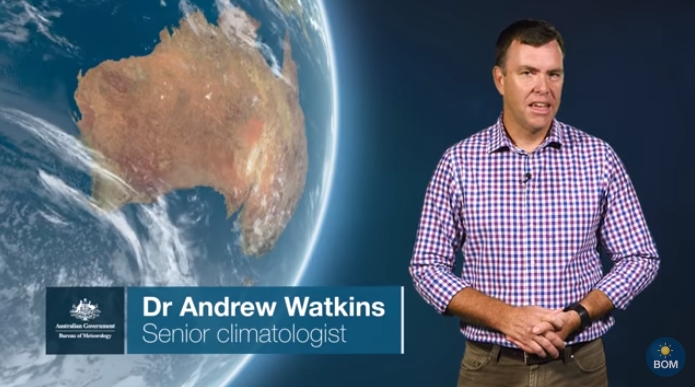
May 29, 2020
The Bureau of Meteorology has predicted a wetter than average winter for most of Australia.
In its Winter Outlook, released on Thursday, the Bureau said most areas of mainland Australia were showing a better than 70 per cent chance of having a wetter than average next three months.
“The only exceptions are the coastal fringes of NSW and eastern Victoria, parts of Tasmania and areas of south-west Western Australia where the outlook isn’t pushing towards wetter or drier than average conditions,” BOM manager of long-range forecasting Dr Andrew Watkins said.
“Parts of northern Australia are also showing no strong push towards wetter than average conditions but this is typically the dry season anyway.”
Dr Watkins said the outlook was being largely driven by warmer ocean temperatures off north-west WA, as well as warm temperatures in the western Pacific.
“Ocean temperatures in the eastern Indian Ocean are currently warmer than normal, and our models are predicting they will warm further throughout the winter months,” Dr Watkins said.
“When warm sea surface temperatures occur closer to Australia, weather patterns shift towards us, too, favouring more cloud and rainfall across the country.
“We last saw this happen in 2016, when a strong negative Indian Ocean Dipole formed to the west of Australia. This was the last time we saw tropical moisture from the northern Indian Ocean deliver good winter rainfall to large parts of Australia.
“We aren’t guaranteed the same results as 2016 but the warmer ocean temperatures surrounding the continent will push us in the direction of better-than-average rainfall.”
Daytime temperatures throughout the winter months are expected to be cooler than average for much of the southern half of the country, but warmer along the eastern seaboard and most of northern Australia.
Overnight temperatures are likely to be warmer than average across the entire country.
* * *
Queensland Outlook
Rainfall is likely to be above average for most of the State, with only areas in the far north (where it is seasonally dry at this time of year) showing no strong push towards wetter than average conditions.
Daytime temperatures are likely to be warmer than average along coastal areas and in the north.
There is no strong push for other parts of the State.
Overnight temperatures are likely to be warmer than average for the entire State.























